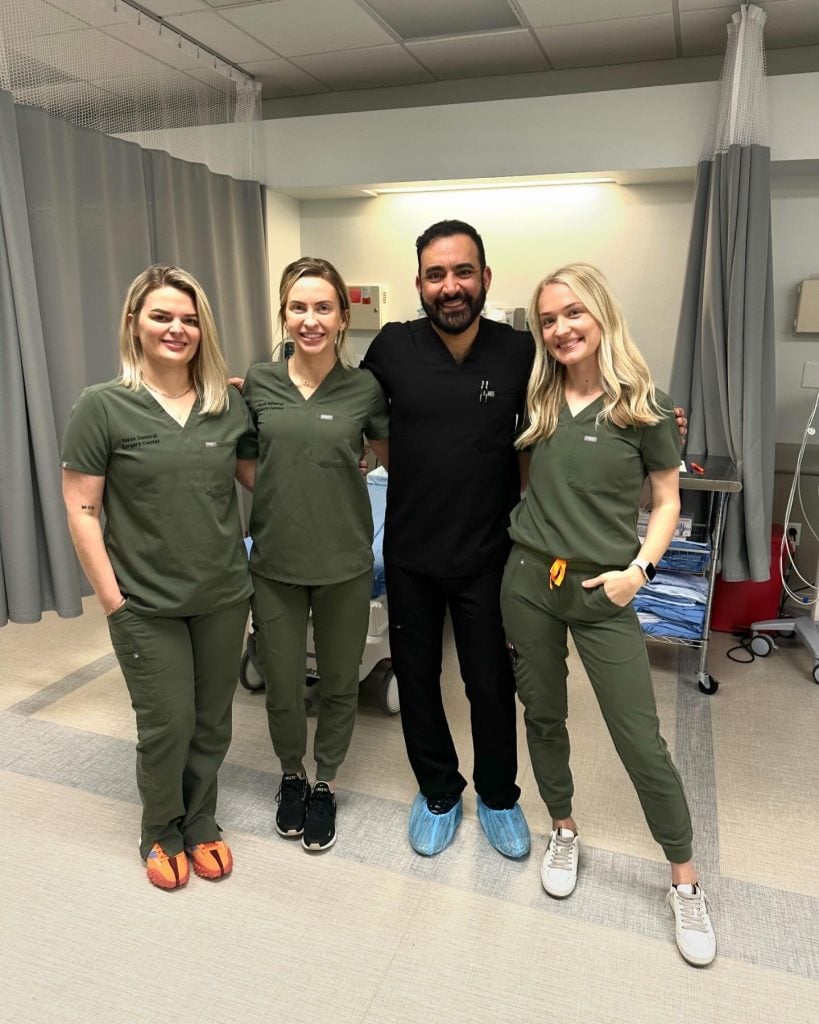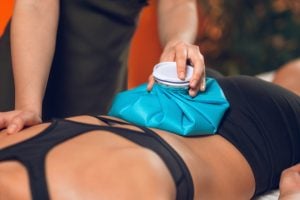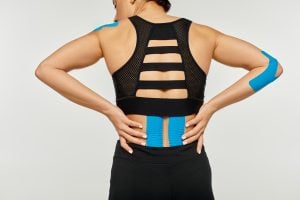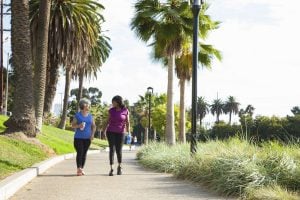Living with knee pain can make even the simplest tasks challenging, whether it’s walking, exercising, or just getting through your day. Fortunately, PRP Injection Therapy offers a minimally invasive option that can provide long-lasting relief. If you’re considering PRP therapy for knee pain, one of the most common questions is, “How many injections will I need?”
PRP, or Platelet-Rich Plasma, injections are derived from your own blood. During the process, a small sample of your blood is drawn, the platelets are concentrated using a centrifuge, and then they are injected into the area of knee pain. These platelets release growth factors that promote healing, reduce inflammation, and accelerate tissue repair. But how many sessions will be necessary to achieve noticeable knee pain relief? Let’s dive into the details.
How Many PRP Injections for Knee Pain?
The number of PRP injections needed for knee pain relief depends on various factors such as the severity of your knee injury, your overall health, and how your body responds to the therapy. According to Dr. Ghalambor, a renowned expert in pain management at NorTex Spine & Joint Institute, “For most patients with mild to moderate knee pain, one to three injections spaced a few weeks apart can significantly reduce pain and inflammation.”
Each patient’s situation is unique. Those with less severe knee pain may experience relief after just one injection, while patients with more complex or chronic conditions may need additional sessions. “In my experience, patients with mild arthritis may benefit from a single injection,” explains Dr. Ghalambor, “but those with advanced joint degeneration often require a more comprehensive treatment plan involving multiple PRP sessions over a period of time.”
PRP Injection Therapy for Long-Term Knee Pain Relief
PRP injections work best when delivered in a series, especially for long-term pain management. The first injection typically begins the healing process, and subsequent injections build on that progress. “A series of two or three injections over a span of several weeks can provide optimal results for many patients,” notes Dr. Ghalambor. “By allowing time for the body to heal between sessions, we can ensure that the knee responds to the therapy in a way that promotes sustained relief.”
Dr. Ghalambor emphasizes that PRP injection therapy is not a one-size-fits-all approach. “We always tailor the treatment to the patient’s specific condition. Some patients may require booster injections down the road if their pain begins to return, while others may find lasting relief from just a couple of treatments.”
What to Expect During the PRP Treatment Process
When considering PRP therapy for knee pain, it’s essential to understand what to expect during and after treatment. At NorTex Spine & Joint Institute, Dr. Ghalambor and his team prioritize patient education and comfort throughout the process.
“Patients undergoing PRP treatment should expect a relatively quick and straightforward procedure,” Dr. Ghalambor explains. “The entire session typically takes about an hour. After the blood is drawn and processed to concentrate the platelets, the injection is administered directly into the affected knee joint under ultrasound guidance for precise placement.”
Recovery is usually fast, with most patients able to return to their daily activities the following day. However, it’s important to avoid strenuous activities or heavy exercise for a few days post-treatment to allow the knee to heal. Some patients may experience mild soreness at the injection site, but this usually resolves within a day or two.
How Often Should You Get PRP Injections for Knee Pain?
The frequency of PRP injections varies depending on how well your knee responds to the initial treatment. “Typically, we schedule injections about four to six weeks apart to give the body time to heal between sessions,” Dr. Ghalambor explains. “For some, one injection may be enough, while others may need follow-up treatments to achieve long-lasting relief.”
He adds, “The key to success with PRP therapy lies in its ability to stimulate the body’s natural healing processes. Each treatment session builds on the previous one, and we can modify the treatment plan based on the patient’s progress.”
Affordable and Effective Knee Pain Treatment
Many patients are concerned about the cost of PRP injection therapy for knee pain, but it’s important to consider the long-term benefits. “PRP therapy offers a non-surgical alternative that can reduce the need for pain medications or more invasive procedures like knee replacement surgery,” Dr. Ghalambor points out. “While PRP therapy may seem costly upfront, the potential for long-lasting relief makes it a cost-effective solution in the long run.”
NorTex Spine & Joint Institute offers affordable PRP knee injection packages tailored to meet the needs of each patient. If you’re searching for the best PRP therapy for knee pain relief, scheduling a consultation with an expert like Dr. Ghalambor can help you determine the most effective treatment plan for your condition.
Schedule Your PRP Knee Treatment Appointment
If you’re struggling with knee pain and looking for a solution that doesn’t involve surgery or long-term medication, PRP injection therapy could be the answer. At NorTex Spine & Joint Institute, Dr. Ghalambor’s extensive training and expertise in interventional pain management make him a leader in the field. He and his team are committed to providing personalized care that addresses the root cause of your knee pain.
Ready to take the next step? Schedule a PRP therapy consultation today to learn more about how many PRP injections you may need for effective knee pain relief. Contact NorTex Spine & Joint Institute to book your PRP knee treatment appointment in Allen, McKinney, Frisco, Garland, Coppell, Fort Worth, or Dallas, Texas. Let us help you get back to living pain-free!


